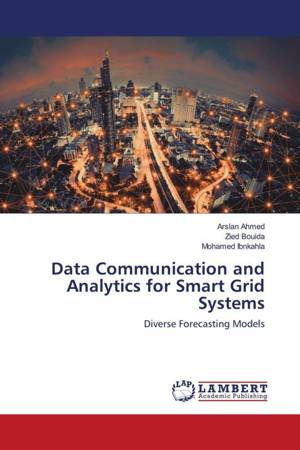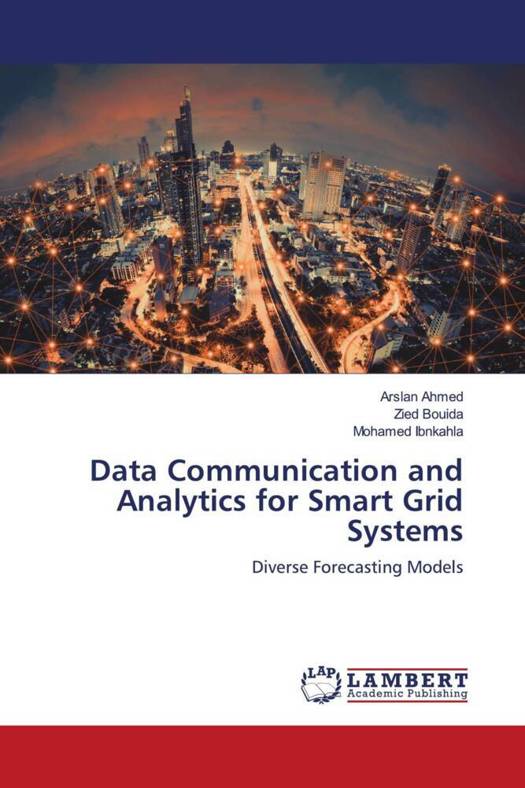
- Afhalen na 1 uur in een winkel met voorraad
- Gratis thuislevering in België vanaf € 30
- Ruim aanbod met 7 miljoen producten
- Afhalen na 1 uur in een winkel met voorraad
- Gratis thuislevering in België vanaf € 30
- Ruim aanbod met 7 miljoen producten
Data Communication and Analytics for Smart Grid Systems
Diverse Forecasting Models
Arslan Ahmed, Zied Bouida, Mohamed Ibnkahla
Paperback | Engels
€ 61,45
+ 122 punten
Omschrijving
Energy utilities are constantly under pressure to meet the growing complicated energy demands. The traditional energy grid allows for one-way communication of energy usage between customers and utilities. This does not allow utilities to control or to suggest any changes in the consumption based on the obtained energy data. In this book, we design and implement innovative secure and reliable two-way communication between homes and the Utility. In this context, different houses communicate their energy usage, while an electric transformer relays action requests from the energy utility's headquarters. This enables the real-time tracking of energy usage by both consumers and the utility. Therefore, the efficiency of energy generation and distribution is enhanced, and consumers are empowered to make smarter decisions about their consumption. To this end, we develop and compare several machine Learning and Data Analytics models predicting energy consumption. The obtained results show that our proposed models perform better than existing ones for time-series energy forecasting.
Specificaties
Betrokkenen
- Auteur(s):
- Uitgeverij:
Inhoud
- Aantal bladzijden:
- 136
- Taal:
- Engels
Eigenschappen
- Productcode (EAN):
- 9786202924269
- Uitvoering:
- Paperback
- Afmetingen:
- 150 mm x 220 mm

Alleen bij Standaard Boekhandel
+ 122 punten op je klantenkaart van Standaard Boekhandel
Beoordelingen
We publiceren alleen reviews die voldoen aan de voorwaarden voor reviews. Bekijk onze voorwaarden voor reviews.










